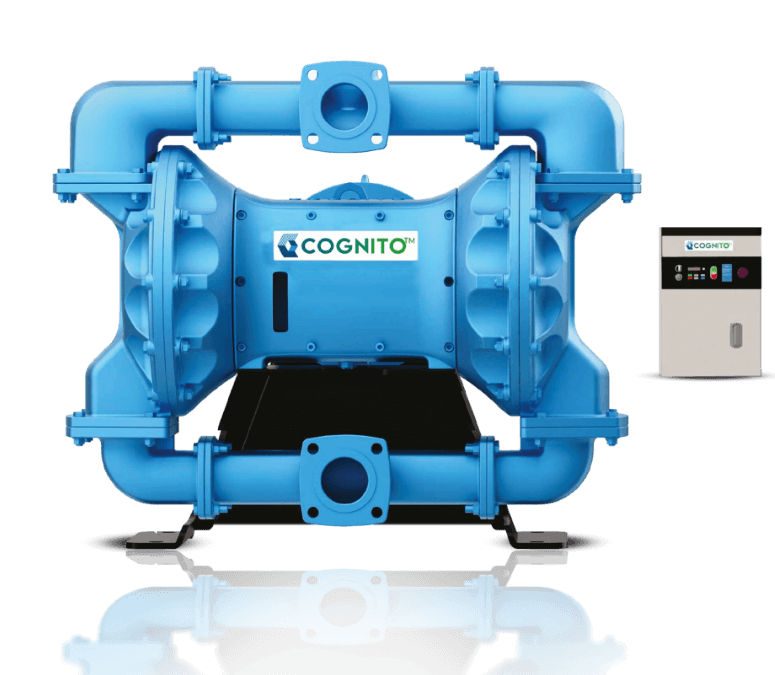How do butterfly valve benefits compare to other valve types?
 |
| How do butterfly valve benefits compare to other valve types? |
Choosing the right valve is crucial for optimal flow control
in industrial applications. These valves play a critical role in managing the
flow of liquids, gases, and slurries across various industries, from oil and
gas to pharmaceuticals. Here are some key factors to consider during the valve
selection process:
·
Fluid Characteristics
·
Flow Requirements
·
Operating Conditions
·
Material Compatibility
·
Valve Types
Typical functions of butterfly valves in industrial processes
Butterfly valves are a versatile workhorse in industrial
settings, typically used for two main functions.
1. Flow
control
·
They excel at regulating the flow of fluids in
pipelines. The disc-shaped element rotates, allowing for precise control over
the flow rate.
·
In fully open positions, they offer minimal pressure
drop, enabling smooth flow.
· They can also be used for throttling, which means adjusting the flow rate to a desired level.
2. Isolation
·
Butterfly valves act as excellent shut-off valves,
especially for pipes above 1.5 inches in diameter.
·
Their simple design provides a tight seal, preventing
any leakage when closed.
·
This is crucial for isolating sections of pipelines,
tanks, or vessels for maintenance or process changes.
IDEX Richter, a leading choice of butterfly valve
IDEX Richter stands tall as a leading manufacturer of
industrial pumps and valves, particularly recognised for their high-quality butterfly valves. Under the umbrella of IDEX India, they offer
a comprehensive range of valve solutions catering to diverse industrial
applications.
Richter's butterfly valves are renowned for their:
·
Robust design: Built to endure demanding
environments, these valves ensure long service life and reliable operation.
·
Superior Flow Control: Their
precise design allows for excellent flow regulation and minimal pressure drop
when fully open. They are also suitable for throttling applications.
·
Effective Isolation: When closed, Richter's butterfly
valves provide a tight seal, guaranteeing leak-proof isolation for maintenance
or process changes.
·
Wide Material Selection: They
offer valves in various materials to handle a vast array of fluids, including
water, steam, gas, slurries, and even some abrasive materials. This versatility
ensures compatibility with your specific needs.
Butterfly Valve
Advantages And Disadvantages
Butterfly and ball valves are both popular choices in industrial settings, but each has its own strengths and weaknesses. Here's a breakdown of their key advantages and disadvantages to help you decide which is best for your needs:
Butterfly Valves
|
Advantages |
Disadvantages |
|
Lightweight and Compact |
Lower Pressure Rating |
|
Quick Operation |
Higher Leakage Potential |
|
Cost-Effective |
Not ideal for Precise
Control |
|
Good Flow Control |
Limited Bi-Directional
Flow |
|
Handles Viscous Fluids |
|
Ball Valves
|
Advantages |
Disadvantages |
|
Superior Sealing |
Bulkier and Heavier |
|
High-Pressure Rating |
Slower Operation |
|
Precise Flow Control |
Higher Cost |
|
Bi-Directional Flow |
Not Suitable for Some
Viscous Fluids |
Ultimately, the best choice depends on your specific application. Consider factors like pressure requirements, desired level of flow control, budget, and space limitations.
When are butterfly valves the ideal choice for industrial
applications?
Butterfly valves shine in industrial applications where
several of their advantages outweigh their limitations. Here are some key
situations where butterfly valves are the ideal choice:
Cost-Effective Shut-Off and Flow Regulation
When you need a reliable on/off valve for moderate pressures
and a good level of flow control is sufficient, butterfly valves offer a
cost-effective solution. This is common in applications like water and
wastewater treatment, air and gas lines, and HVAC systems.
Large Diameter Pipelines with Space Constraints
Butterfly valves excel in larger diameter applications due to
their lighter weight and compact design. This is crucial in situations where
space is limited, making installation and maintenance easier. They are commonly
used in large-scale irrigation systems, fire protection systems, and industrial
piping networks.
Quick On/Off Operation
The quarter-turn operation makes them ideal for applications
requiring rapid opening and closing. This is beneficial for emergency shut-off
valves, control systems, and situations where frequent flow isolation is
needed.
Handling Certain Viscous Fluids
Some butterfly valve designs, with proper material selection,
can handle viscous fluids better than ball valves due to their
lower internal resistance. This is relevant in industries like food processing
and pulp & paper production.
Simple and Easy Maintenance
Their simple design makes them easier to maintain compared to
ball valves with their internal ball mechanism. This can translate to lower
maintenance costs in the long run.
Additional factors to consider when choosing a butterfly
valve
·
Pressure Rating: Ensure the chosen butterfly valve
has a pressure rating exceeding your application's maximum pressure.
·
Material Selection: The material of the disc
and seat needs to be compatible with the fluids being handled.
·
Actuator Choice: Consider manual, pneumatic, or
electric actuators, depending on the level of automation required.
By understanding these ideal situations and limitations, you
can make informed decisions about when butterfly valves are the best fit for
your industrial processes.
Conclusion
Butterfly valves offer a versatile and cost-effective solution for industrial flow control and isolation. While other valve types have their merits, IDEX Richter stands out as a manufacturer known for reliable, high-quality butterfly valves. Their focus on durability, innovative features, and potential specialisation in certain industries could be the key to optimising your processes.



Comments
Post a Comment